9 Industrial Robots for Your Warehouse
Table of contents
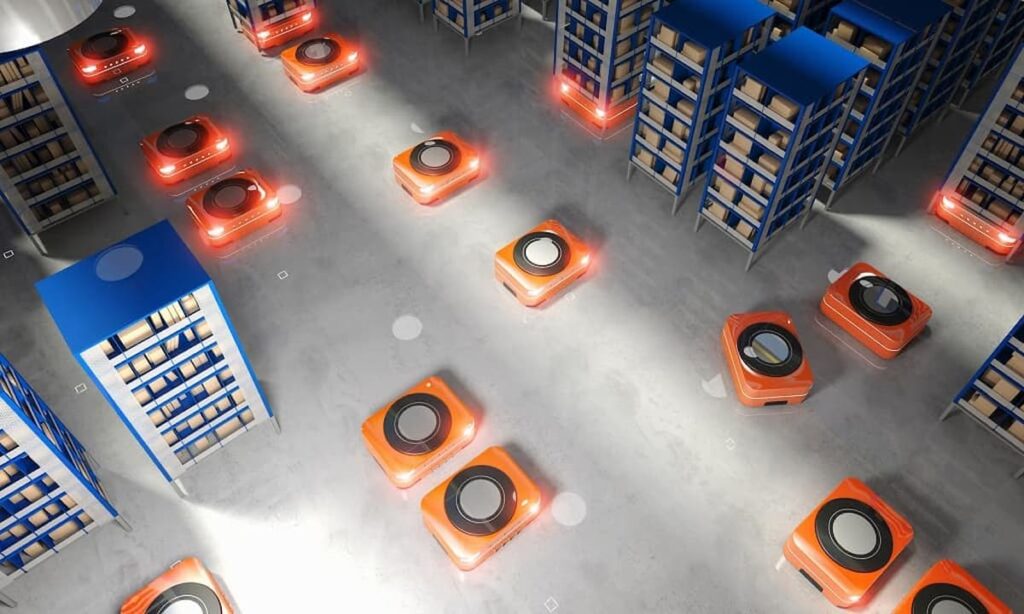
Robotic lawnmowers and vacuum cleaners make great feature stories for your local nightly news but they’re hardly what investors are thinking of when they look for truly disruptive applications of robotics to invest in. The usefulness of robots and the transformation that the 4th Industrial Revolution will bring about can be described in three steps:
- Replacing people in low-value and/or dangerous jobs – Will result in people being employed in jobs with more value-add, while the menial tasks will be executed quicker, cheaper, and with more precision. This will also make things cheaper.
- Allowing us to do things we weren’t able to do before – Will open up a whole lot of boundaries and allow us to solve problems we are struggling with, for example, resource scarcity.
- Fundamentally transforming our lives and what we do for our paychecks – Is revolutionary and self-evident – just read some early Asimov.
While these three steps in the advancement of robotics are not necessarily sequential, the first step is the most organic step emerging from automation. If you recall from our recent article on investing in industrial robots, automation is a way to improve efficiency by using machines that are pre-programmed to do a sequence of actions, one after the other. Robots, on the other hand, are flexible in reacting to their environment. They choose how and when to do stuff, and can even learn new stuff. Here’s a look at the largest companies in the industrial robot space:
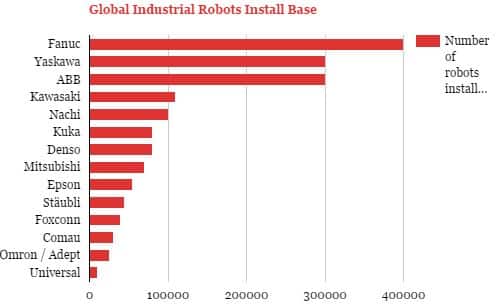
While the above represents larger companies like ABB which we discussed before, we’re interested in looking at disruptive startups in this space. In this article, we’re going to focus on startups that are developing industrial robots for materials handling – moving things from one place to another and keeping track of them – as this area seems to be the most competitive among industrial robot startups at the moment, even though it may be low on the sexiness scale.
Canvas Technology
Founded in 2015, Colorado startup Canvas Technology has taken in an undisclosed amount of funding to provide an end-to-end autonomous delivery of goods and create a safe and powerful autonomous technology to power both indoor and outdoor driving. They’ve developed their own 3D camera solution and paired it with algorithms to ensure the robots react to their environment accurately and safely. Canvas is still under the radar, currently doing pilots of their indoor technology, which is supposed to be available commercially soon.
Update 04/12/2019: Amazon has acquired Canvas Technology for an undisclosed amount.
Seegrid
Founded in 2003, Pennsylvania startup Seegrid has taken in $59.5 million in funding led by Giant Eagle, a US supermarket chain. Seegrid is a more established player, also using 3D visual technology based on ‘stereo’ imaging with two cameras. They offer different vision-guided vehicles like pallet trucks, tow tractors, and couriers, and also have a software called Supervisor, to oversee your fleet of autonomous vehicles.
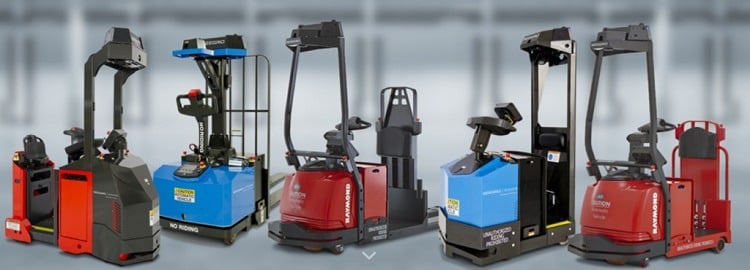
With reference clients like Whirlpool, Amazon, Volvo, BMW, and Jaguar, the Company has seen half a million miles without an accident in actual production environments. Seegrid is now looking to team up with automakers and supply their computer vision technology for self-driving cars. The company had revenues of $6.3 million in 2014 before going into bankruptcy of all things. Coming out of bankruptcy in 2015, they appear to be strengthened by a new venture investment from Giant Eagle, and ended 2016 with double orders vs the previous year, based on increased demand from both existing and new customers. You can read more in our previous article on Seegrid.
Update 04/01/2020: Seegrid has raised $25 million in funding to double down on its growth and hiring plans and bring forward new products. This brings the company’s total funding to $84.5 million to date.
Fetch Robotics

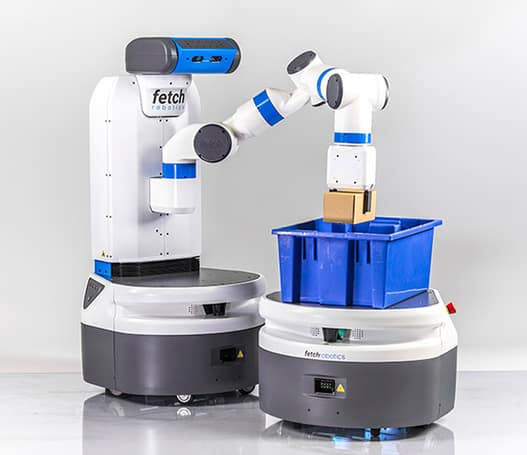
Articles on Fetch Robotics mention another robot, called Fetch (seen above), which has an arm, and is able to work with Freight lifting 6kg at a time. Strangely, the company website doesn’t mention this product, so perhaps they decided not to continue developing it over the course of the past 18 months. Aside from this, their website already gives a sales contact, and Freight should be hitting the market soon, after two years of development.
Update 08/11/2018: Fetch Robotics raised another $25 million at the end of last year in the form of a Series B round led by Sway Ventures. This brings total funding for Fetch Robotics to $48 million.
Grey Orange
Founded in 2011, Singapore startup Grey Orange has taken in $30 million in funding so far to develop 2 product lines, the Butler and the Sorter.
Grey Orange already has 40 clients and claims an incredible 90% market share in India’s warehouse automation market. The Butler is an autonomous robot moving 2-sided storage racks according to order data and other real-time inputs, and besides putting stuff where it is needed, it also optimizes warehouse space using the 2-sided racks and digested data. The Sorter is an automated parcel sorting belt which can handle parcels of all kinds of shapes and sizes. This is a big deal because ‘classical’ sorters can only handle regular or irregular shapes, not both at the same time.
Update 09/07/2018: GreyOrange took in an additional $140 million from a Series C round with plans to deploy over 20,000 robots in the next three years. This brings the company’s total funding to $170 million.
RoboCV
Founded in 2012, RoboCV is a Russian startup that has taken in $3.7 million to develop their own method of automating pallet movements across warehouses. Their technology is called RoboCV X-MOTION NG which sounds very robo-futuristic, and allows electric pallet truck to run on autopilot, and handle all kinds of pallet-based activities themselves. They list “intelligent human-equipment interaction, easy setup and minimal changes in warehouse systems, regulation, and actions” as their differentiator.
Already having major references such as Samsung and Volkswagen, they are getting ready for the full commercial launch of their X-MOTION NG technology this February. As a next step, RoboCV is planning to work with STILL GmbH on electric truck autopilot solutions.
Locus
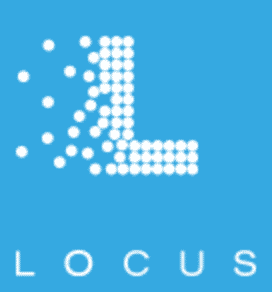
LocusBots move independently and collaborate with workers, and are said to improve warehouse productivity by 3-5 times. Humans pick and lift, while the Bots deliver across the warehouse floor. Coming with software to integrate them into warehouse management systems, provide real-time measurements and metrics, and a mobile app to manage your Bots, they can be deployed as a plug & play solution and scaled up easily – this being their main competitive selling point.
Update 09/14/2021: Locus Robotics has raised another $50 million in funding to further expand their global operations. This brings the company’s total funding to $299 million to date.
Clearpath Robotics
Founded in 2009, Canadian startup Clearpath Robotics has taken in $41.5 million in total funding and closed a $30 million round in Q3 of 2016 at which time we wrote an article about their company and awesome corporate culture. Clompanies John Deere and GE Healthcare are already using Clearpath’s autonomous material handling robots in their facilities and they have an entire platform built around their OTTO autonomous robots that move materials around warehouses:
Clearpath is one to watch because that $30 million funding round they took in late last year was specifically for the purpose of expanding their industrial robot product line as opposed to any of the many other types of robots they build.
Update 08/11/2018: August of this year, Clearpath became a Universal Robots Certified System Integrator (CSI) after locking in a partnership with Universal Robots.
Ark Robot
iFuture Robotics was founded in 2016 and Ark Robot is one of their product brands. The Company has taken in just $350,000 in funding from Qualcomm to develop another flavor of a small-medium size warehouse delivery robot, with the ability to move at 4km/h and carry a payload of 250kg.
Features include vision-based movement, choosing the best route across the storage space and cooperation with other robots from the fleet. Currently operating in India, the company is developing modified versions of the original that will be able to increase payload to 500kg, the highest we’ve seen with this type of robot. The team recently won India’s QPrize for startups and are trying to expand towards Europe.
RightHand Robotics
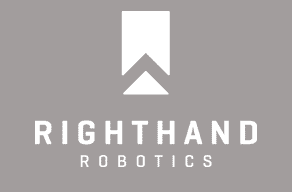
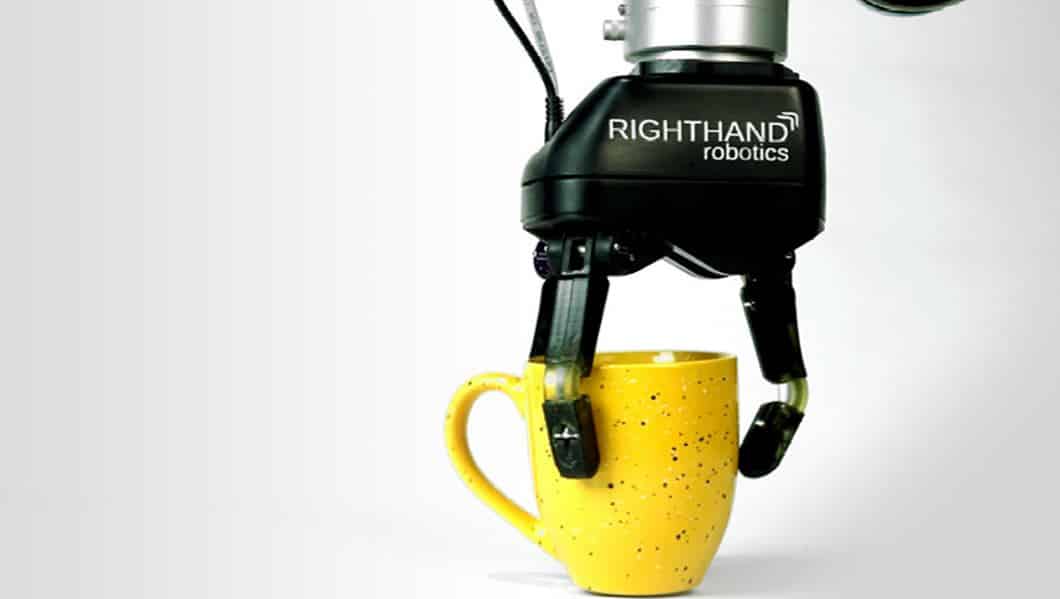
While applications in picking-sorting-packaging for warehouses are evident, we’d be interested to see if further refinement brings Righthand’s products into other sectors like healthcare or space.
Update 08/11/2018: RightHand Robotics took in $8 million from a Series A round led by PlayGround Global last March for product development and marketing. This brings total funding for RightHand Robotics to $11.3 million so far.
Conclusion
So there you have it. 9 companies working on industrial robots that are not only automating boring and cumbersome tasks which have to be done anyway, but also doing so flexibly and intelligently.
Sign up to our newsletter to get more of our great research delivered straight to your inbox!
Nanalyze Weekly includes useful insights written by our team of underpaid MBAs, research on new disruptive technology stocks flying under the radar, and summaries of our recent research. Always 100% free.








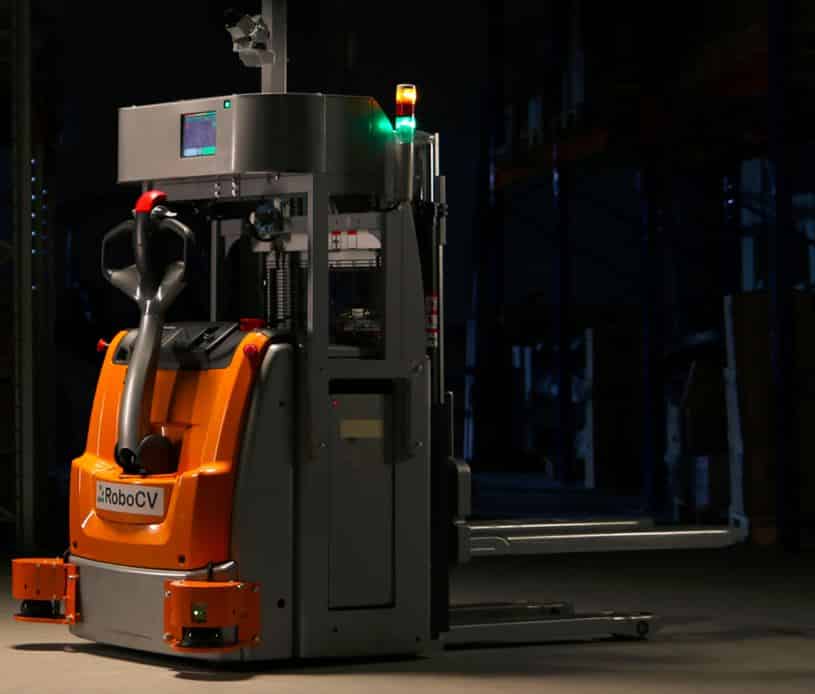
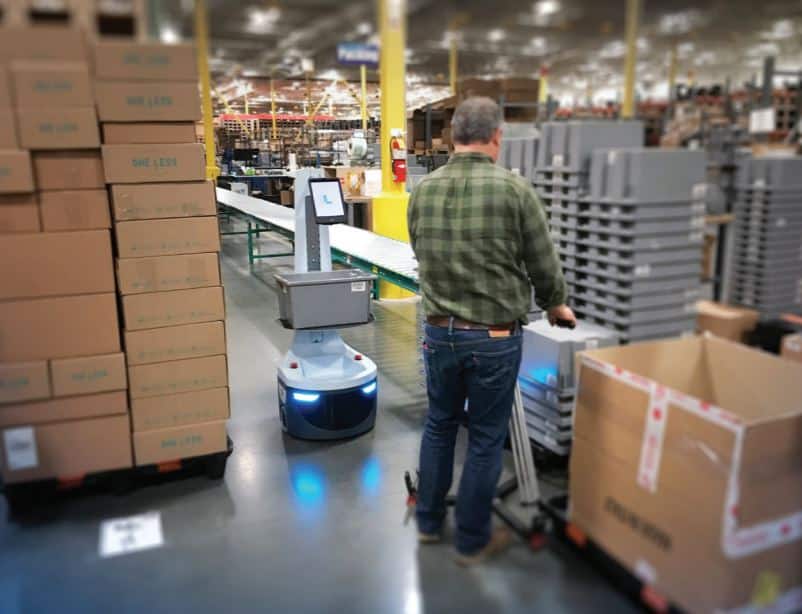
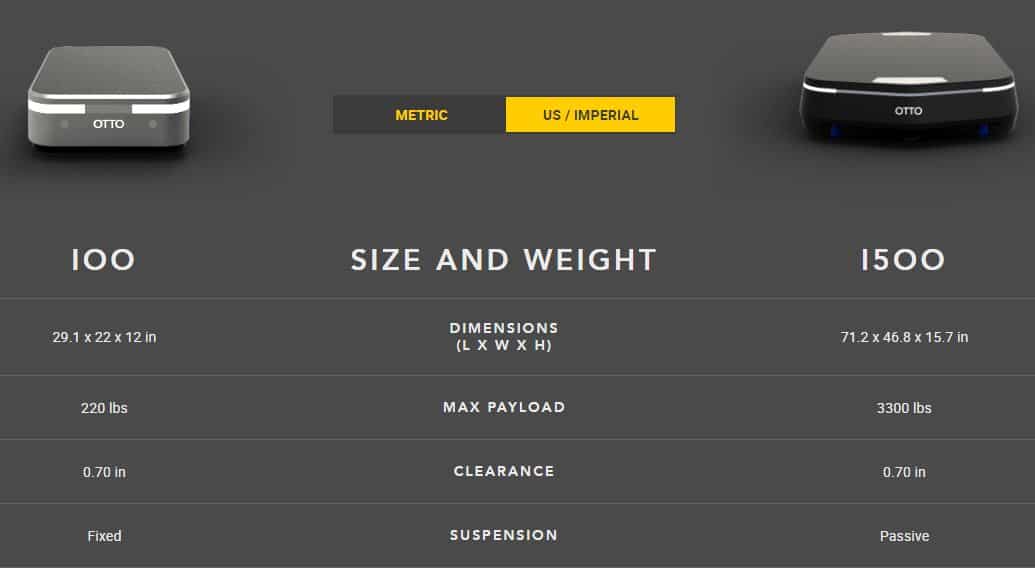
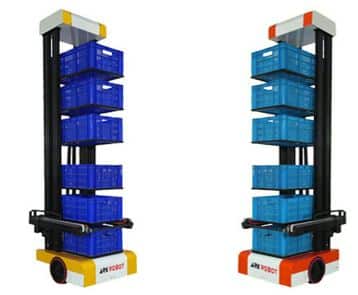


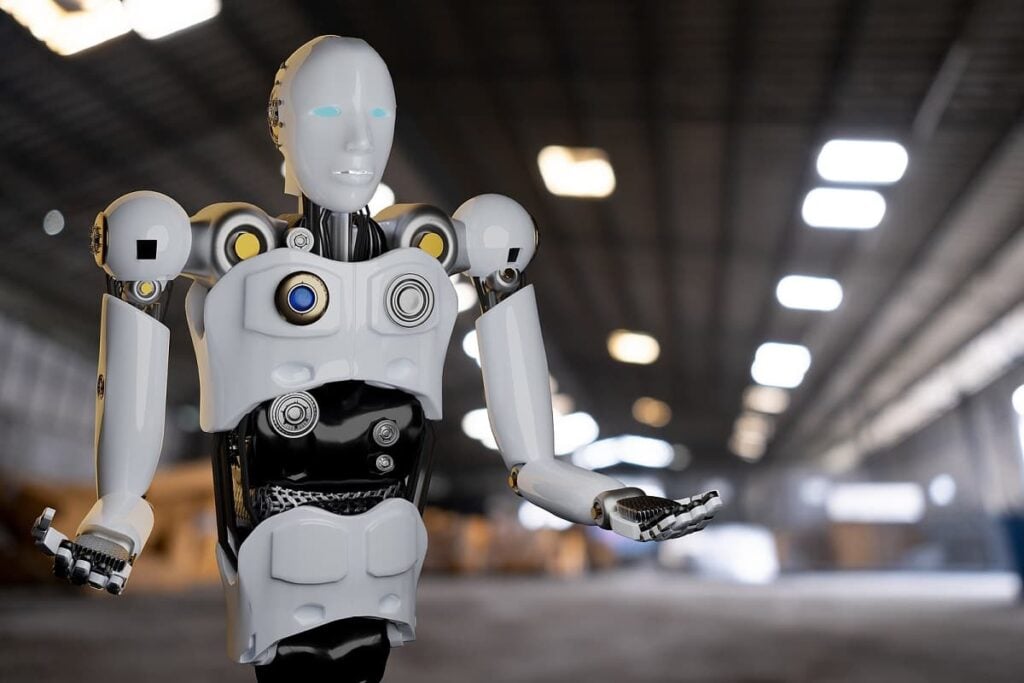





Any industrial robotics list without Clearpath and their OTTO materials transport robot is incomplete!
That’s a fair point. We didn’t include Clearpath because we wrote an entire article on them:
https://nanalyze.com/2016/10/clearpath-robotics-autonomous-robots/
With that said, they are key so we will add them to this list!
Missing the market leader, Omron Adept starterd 18years ago with Lynx, today it covers the largest installed base.
We were looking at just startups in this one but thank you for the heads up! We’ll add a mention of Omron. Any idea of estimated total market share when you say “largest installed base”?
Would be interested to see what all these companies are up against.
We added a graph that shows a list of companies by installed industrial robot base globally. It’s very interesting to see the total domination by Japanese companies. Omron is quite a ways down the list. This was dated July 2015.
The chart we added was a key piece of info to know so thank you for prompting us to add that.
You may also want to check out this article on the breakdown of industrial robots in the ROBO ETF:
https://nanalyze.com/2017/01/investing-industrial-robots/
Missing the market leader, Omron Adept starterd 18years ago with Lynx, today it covers the largest installed base.
We were looking at just startups in this one but thank you for the heads up! We’ll add a mention of Omron. Any idea of estimated total market share when you say “largest installed base”?
Would be interested to see what all these companies are up against.
Great to see Seegrid on this list. We had record growth in 2016 in large part thanks to our strong partnership with Raymond, the leading industrial truck manufacturer that equips its Courier line with Seegrid Vision.
Great to hear that Jim! Please note our article covering Seegrid before:
https://nanalyze.com/2016/08/seegrid-robot-forklifts-stealing-jobs/
Great article Nanalyze. One more startup in this space you may want on your radar is my company, inVia Robotics. Making great headway with deployments representing multiple fulfilment methods.
Thank you for the heads up Corwin.
A cursory look at your site and we’re intrigued! Love your value proposition which looks like quick implementation, quick ROI, and flexibility to add and remove robots based on demand.
We may look to write an article on your robots as we’re not happy we missed you guys in our initial article! Let me add this to our lengthy topic queue and give the writer who covers this topic a heads up.
Please note the below article that went out on inVia.
https://nanalyze.com/2017/03/invia-robotics-warehouse-robotics/
A very compelling value proposition!
Through the use of automation and robotics, we have been able to ramp up our production times, making customers happier in today’s immediate gratification world.
That’s very true.
Are you doing some SEO work for a client Adrienne?